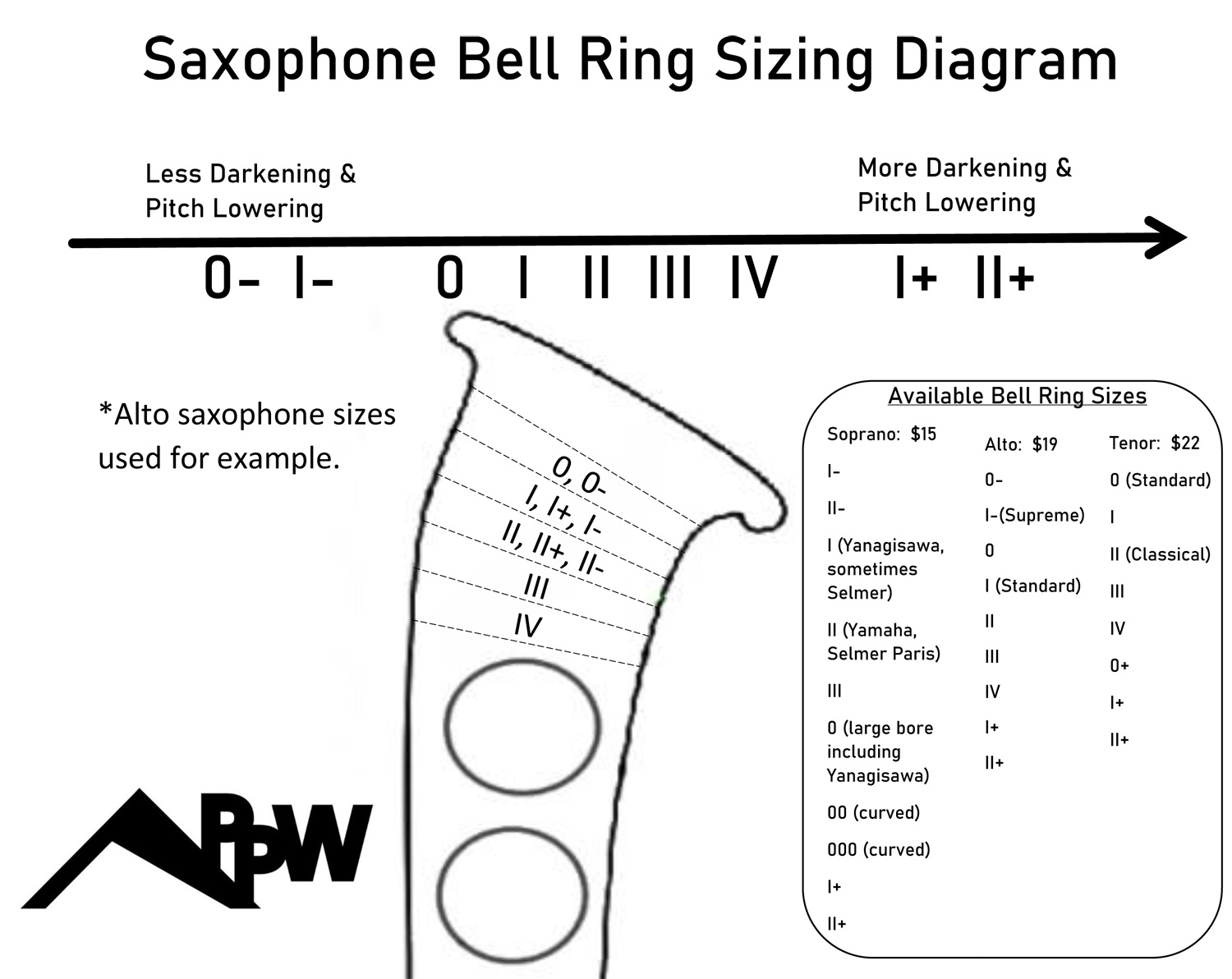Bell Rings
There are a handful of advantages I think my bell rings offer over a traditional cloth mute. The first thing people notice is that the bell rings are not wrapped with fabric to dampen the sound of the instrument, so the overall volume, presence, and responsiveness of the tone is retained. In my opinion, adding fabric to the inside of a wind instrument is counterproductive acoustically because it reduces the efficiency of the standing wave by absorbing energy. My bell rings achieve the same primary objectives as a traditional cloth mute without limiting the tone color. I also have noticed that many cloth mutes are quite thick and can lower the pitch of low Bb too much—even when turned vertically as they most commonly are. This is one reason I have developed several different sizes. Players can fine tune exactly how much they want to lower the pitch of low Bb and decide what size offers the best response and tone color for them. Many traditional mutes are also at risk of inadvertently tipping horizontally during performance, which the player doesn’t notice until they play an egregiously flat low Bb. Bell rings are designed to fit horizontally and stay in place, but many people also choose to use them turned vertically which is also fine (especially with plus size rings). They tend to stay in place regardless of which way they’re turned because the material has a good grip on the bell.
Important Note: Tenor Bell Rings have been resized for better tone and response.
After a long testing phase of new tenor bell ring sizes aided by the input of many established tenor players, these new sizes offer the same intonation benefits while offering improved response and tone compared to the previous sizes. The new sizes also allow for a greater range of options to fit more players’ needs.
We are so confident that these new sizes perform better for most players that we have decided to completely redesignate tenor bell ring sizes.
In our testing, the new sizes O and II were the most popular. We consider size O the safest option, particularly if a player is worried about a bell ring impacting their tone or low register response too much. Size II was especially popular among classical saxophonists, as it provides a pleasantly dark-sounding low B-flat without adversely affecting response in the low register.
Please refer to the conversion chart below to see how the new sizes compare to the old sizes. The main difference with the new tenor bell rings is that we have decided to make the “standard” sizes thinner. We have decided to make many of the old sizes still available under a different roman numeral designation with a “+” signifying a thicker ring, for those who may still want to have access to those.
The New TPU Bell Rings
Bell rings will now be offered in a new material option—A flexible 3D printed TPU (thermoplastic poly urethane). This material and manufacturing method is excellent for saxophone bell rings. Compared to the original bell rings that I am still offering (made from vinyl), they perform essentially the same. The look, of course, is distinctly different. The 3D printing process offers greater consistency in roundness/shape, labeling, and are overall more efficient for me to produce as a one-man business since I don’t have to do nearly as much production by hand. I will continue to offer the original bell rings for alto and tenor. The original bell rings for soprano have been officially discontinued.The TPU bell rings are available in 13 colors: black, white, gray, blue, red, green, yellow, pistachio green, fuschia, orange, dark gray, translucent blue, and natural (semitranslucent). The sizing options will remain the same as with the original bell rings for alto and tenor. With the new possibilities of this new material, there will likely be new innovations from Peak Performance Woodwinds to come!
View More Photos
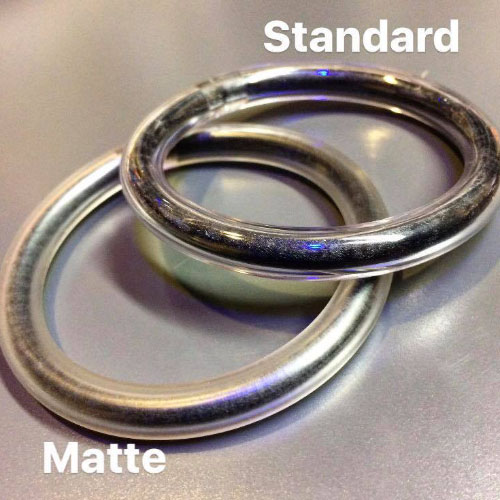
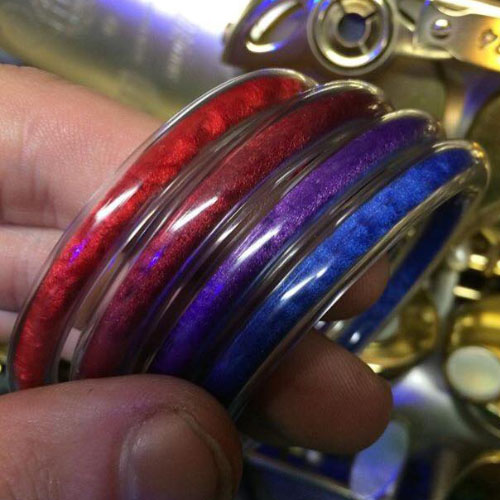
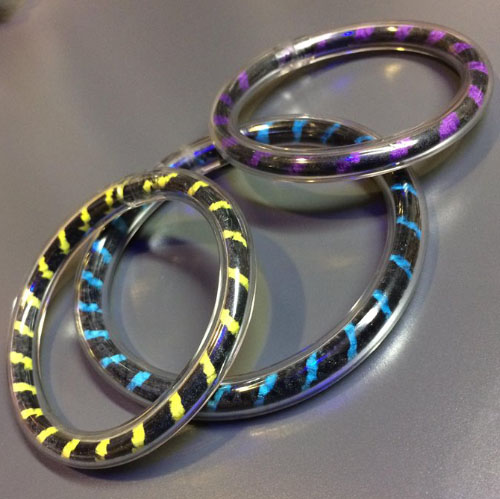
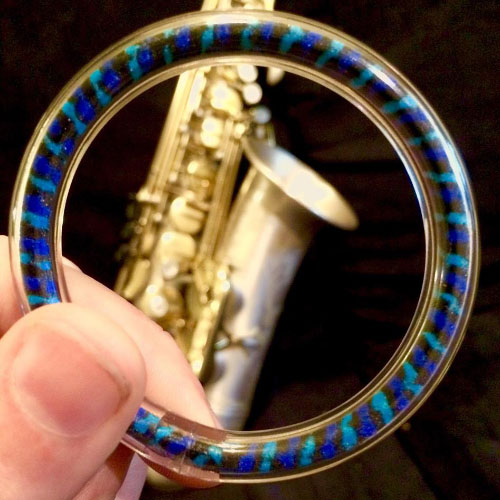
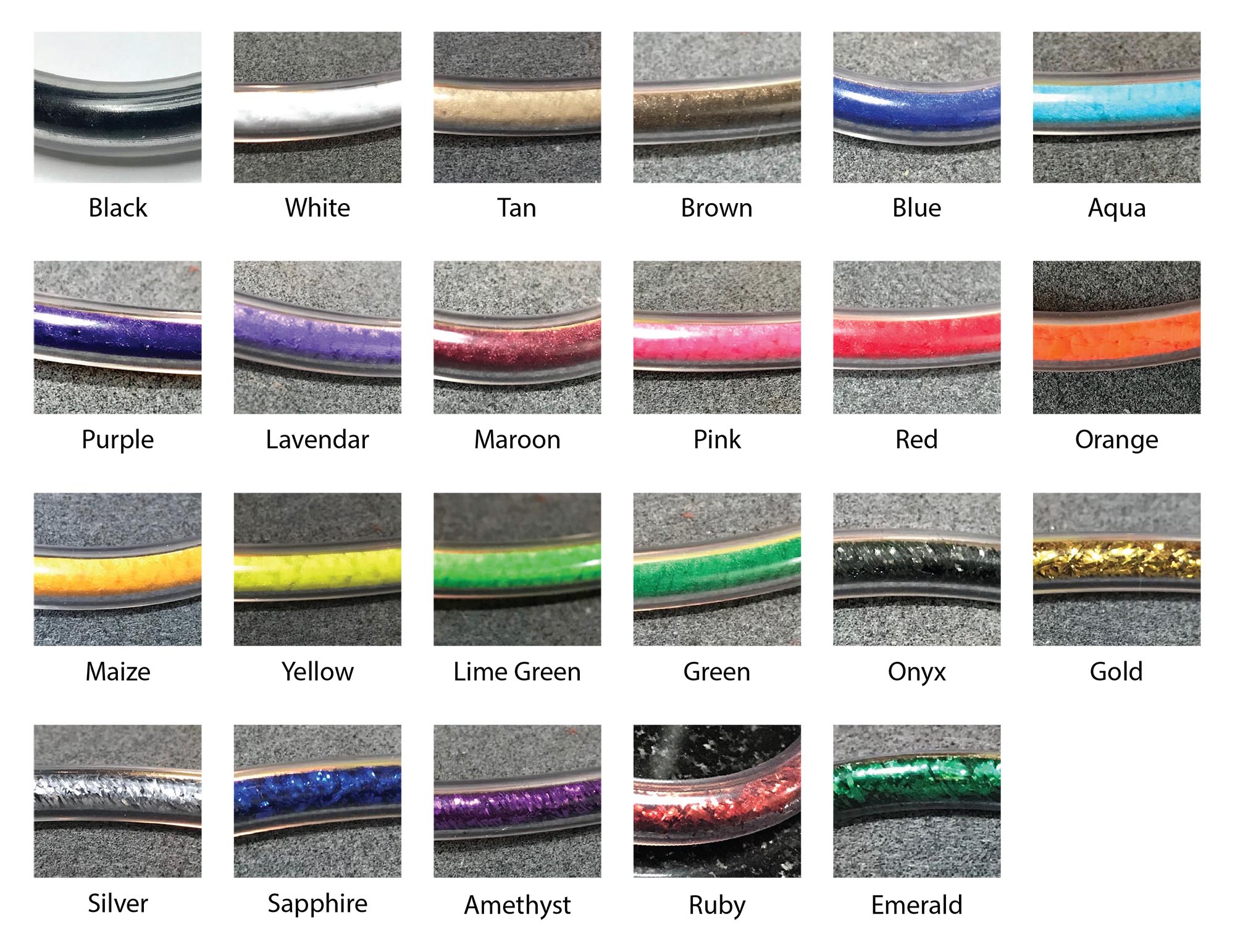
Have you considered doubling up?
If needing pitch lowered by 15-20 cents or more, certain players may prefer using two regular bell rings instead of a single "+" thickness ring for the desired response, as shown HERE. The most common combination that works well is size 0 with a size II.
Selecting a bell ring without being able to test them in person can be a challenge, as there are currently seven different sizes for alto alone. I have settled on two "standard" sizes of alto bell ring that seem to work well for most people: sizes I and I+. Size I is made from the tube thickness and length of the original design, and is standard because it improves tone, pitch, and response while being fairy noninvasive. You can’t go wrong with size I. Size I+ is made from a thicker tube than size I and its tube is cut to the same length (due to the thicker tube, size I+ has a slightly shallower fit than size I). If someone desires to try two safe but different options, I recommend ordering sizes I and I+. I have also been getting very positive feedback from many players on size 0, which is the least invasive size. If you seek to change the tone of low B-flat as little as possible while improving pitch and response, I recommend trying this size (especially if you have tried traditional cloth saxophone mutes and disliked them). Additionally, for the player who would like to order every size to find their ideal size, I accept returns for full refunds (buyer pays shipping). Please get in touch with me if you plan to return any bell rings.
For soprano, the desired bell ring changes depending on the model you play. For Yanagisawa sopranos, size I is the most popular fit. For Yamaha sopranos, size II is the most popular fit. Selmer sopranos have more variation in bell taper that affects which size bell ring will fit best. In the past we have recommended Size I for modern Selmer soprano saxophones. While this size seems to work well for many, we have also come across some modern Selmers that have a slightly different bell taper; in which case, Size II is a better fit. Most Selmer soprano players will probably like Size I or I-, but Size II/II- is guaranteed to fit. Size 0 is the largest size available for for Yanagisawas and various vintage sopranos. Sizes 00 and 000 are even larger to accommodate the significantly larger bell diameters of curved sopranos and tipped bell/saxello style sopranos, with size 00 being the most popular.
Players who often switch mouthpieces may find that their preferences in a bell ring are affected by their equipment. For instance, I once prefered a size III alto bell ring when playing my classical setup, but when I switched to my jazz setup I noticed that low B was less responsive. Switching to a size II brought low B back to life, and lately I'm gravitating more to size 0 with my jazz alto setup, and 00 for my jazz tenor setup.
II (Yamaha, Selmer Paris)
III
0-
III
II+
II (Classical)

